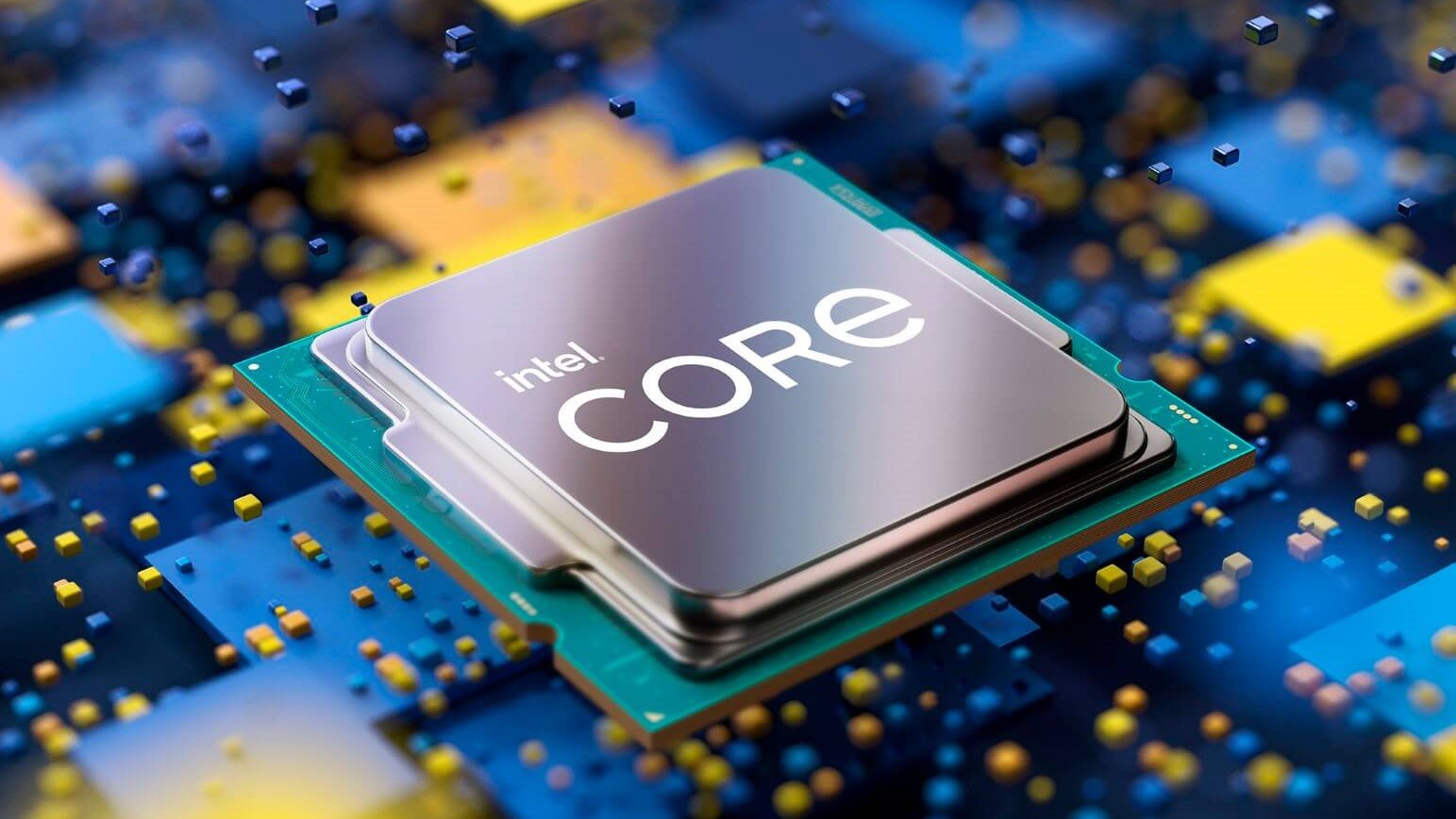Intel’s upcoming Arrow Lake line of CPUs could see a significant shift in its manufacturing strategy, with rumors suggesting that high-performance models will utilize TSMC’s advanced chipmaking processes. This move would reserve Intel’s own 20A process for its Core i5 and less powerful processors.
Key Highlights
- Intel’s Hybrid Strategy: Arrow Lake CPUs may mix TSMC-produced and Intel-produced components.
- Manufacturing Focus: Lower-tier Arrow Lake CPUs may use Intel’s 20A process.
- Potential Benefits: TSMC nodes could offer performance and efficiency gains for high-end Arrow Lake chips.
The Leak and Its Implications
This information comes from a noted leaker in the PC hardware space, Golden Pig Upgrade. According to the leak, Intel’s shift toward TSMC manufacturing indicates that higher-end Arrow Lake CPUs may offer substantial gains on multiple fronts. Historically, TSMC has often held an edge in process node technology, meaning their involvement could boost the performance and power efficiency of Intel’s most powerful Arrow Lake processors.
This leak raises questions about the state of Intel’s advanced manufacturing processes. While the company continues to invest in its own chip production, this decision could signal difficulties in ramping up the 20A process at the scale needed for high-performance CPUs.
What We Know About Arrow Lake
Previous information about Intel’s Arrow Lake architecture hints at a hybrid design, featuring high-performance “Lion Cove” cores and efficiency-focused “Skymont” cores. It’s currently uncertain whether both these core types would use TSMC nodes, or if Intel’s 20A would be reserved for the efficiency cores.
Arrow Lake is also expected to offer a number of enhancements over its predecessor, Meteor Lake. These may include improved integrated graphics and support for the faster PCIe Gen 5 interface.
Intel’s Future Manufacturing Plans
Intel has been vocal about its aim to regain leadership in process technology. However, delays and setbacks have caused the company to adopt a multi-pronged approach, which includes utilizing external foundries like TSMC while they work to optimize their own in-house processes. This pragmatic approach could accelerate improvements for future generations of Intel processors.
TSMC and Intel Node Comparison
Rumors point towards Intel potentially utilizing TSMC’s N3 process node for high-end Arrow Lake models. The N3 node is expected to offer notable advantages over Intel’s 20A in terms of transistor density. This translates into potentially smaller chip sizes, higher clock speeds, and improved energy efficiency – all crucial factors for competitive processors.
This density advantage has several key implications:
- Smaller Chips: TSMC’s N3 node may allow Intel to design more compact chips than its Intel 20A process. This could lead to reduced manufacturing costs and more space-efficient designs, particularly important for the laptop CPU market.
- Higher Performance Potential: Increased transistor density often translates to higher potential clock speeds. Arrow Lake CPUs leveraging TSMC nodes could achieve faster performance than their Intel 20A counterparts, all else being equal.
- Power Efficiency Gains: Smaller, denser chips generally consume less power. This energy efficiency could be a significant boon for Arrow Lake processors made using TSMC nodes, particularly in power-constrained laptops.
It’s important to note that these are projections based on the current understanding of the technologies. Official specifications and real-world benchmarks will ultimately confirm the performance and efficiency differences between chips made on Intel and TSMC processes.
This potential shift in manufacturing strategy for Intel’s Arrow Lake processors reveals a company in flux. While Intel remains committed to developing its internal chip fabrication capabilities, the decision to work with TSMC underscores the challenges they currently face. For consumers, this could mean more powerful and efficient Intel processors in the future, regardless of where the chips are actually made.







